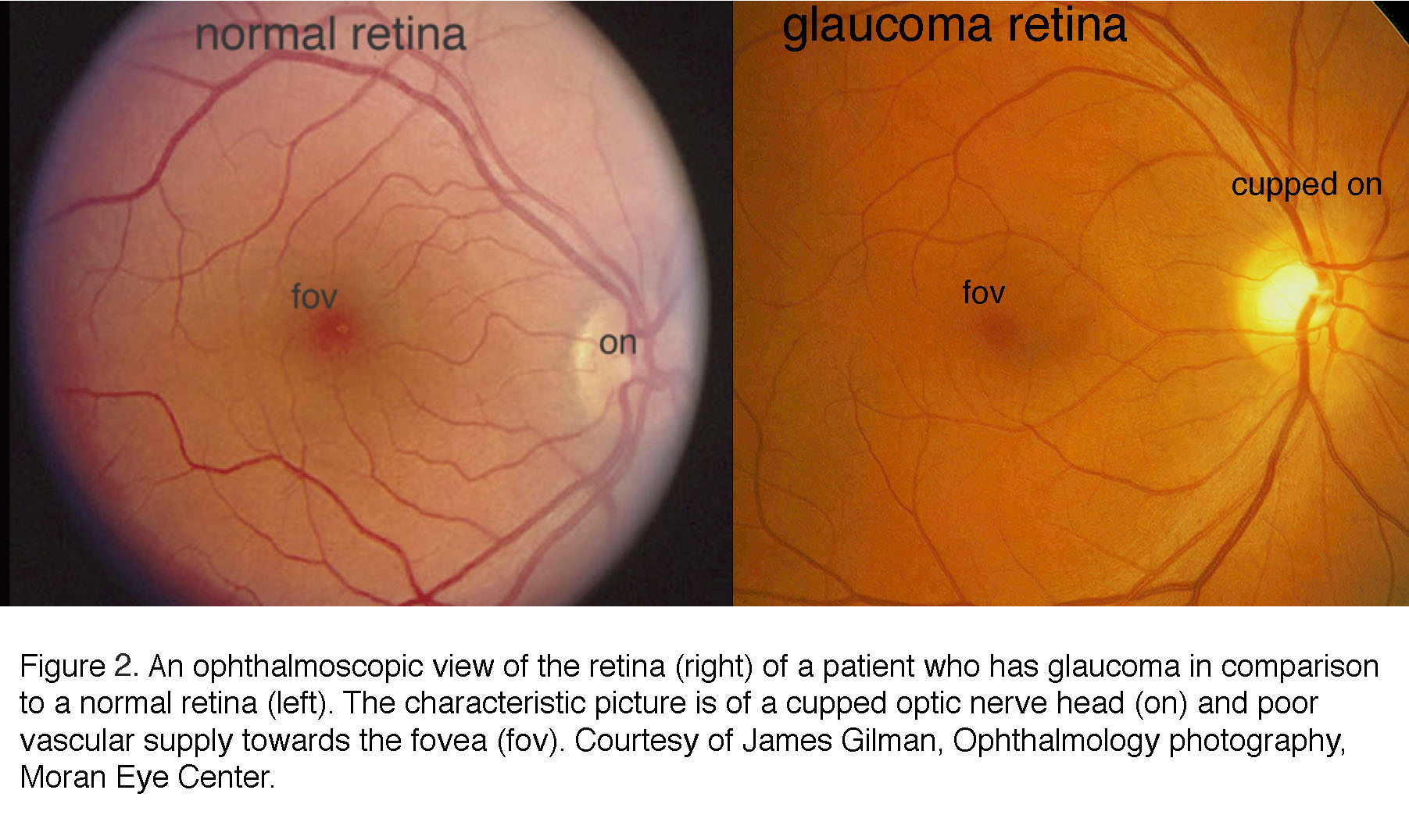Neighborhood Glaucoma Service Near Me: Very Early Discovery and Therapy Choices
Neighborhood Glaucoma Service Near Me: Very Early Discovery and Therapy Choices
Blog Article
Understanding the Different Vision Modification Procedures Available for Clearer View
In the realm of vision adjustment treatments, a multitude of choices exist to attend to refractive mistakes and offer people with more clear view. From the widely acknowledged LASIK surgical procedure to less invasive treatments like PRK and implantable lenses, the field of ophthalmology provides an array of methods customized to fit different requirements and choices. Each procedure comes with its very own set of factors to consider, benefits, and potential threats. Understanding the nuances of these vision correction methods is vital for making educated choices concerning one's aesthetic wellness. Allow's discover the details of these treatments and shed light on the path to accomplishing enhanced vision clearness.
LASIK Surgical Procedure
LASIK surgical procedure is a common refractive treatment utilized to deal with vision problems such as astigmatism, farsightedness, and nearsightedness - glaucoma service near me. This surgical method, which represents Laser-Assisted in Situ Keratomileusis, aims to improve the cornea to improve just how light is focused on the retina, eventually enhancing vision clarity. During the treatment, a slim flap is produced on the cornea, and a laser is made use of to get rid of specific quantities of tissue to reshape it appropriately. This reshaping enables light to be properly concentrated onto the retina, fixing refractive mistakes.
One of the primary benefits of LASIK surgery is the fast enhancement in vision experienced by people. Generally, LASIK surgical treatment is a prominent option for people looking for a long-lasting option for their vision troubles.
PRK Treatment
While additionally an usual refractive procedure, the PRK (Photorefractive Keratectomy) strategy varies from LASIK surgical treatment in its technique to fixing vision troubles. In PRK, as opposed to developing a flap on the cornea, the outer layer of the cornea, called the epithelium, is entirely eliminated. This permits the laser to reshape the cornea to deal with refractive errors such as astigmatism, nearsightedness, and farsightedness directly on the surface area.

In spite of the longer healing time, PRK can produce superb results in vision renovation, making it a valuable option for those who might not be suitable candidates for LASIK surgery.
Implantable Lenses
Unlike PRK where the cornea is improved directly, implantable lenses supply an additional method for fixing vision by placing artificial lenses inside the eye. This procedure is especially beneficial for individuals with high degrees of farsightedness, nearsightedness, or astigmatism who may not appropriate prospects for laser surgeries like LASIK or PRK.
Implantable lenses, additionally called phakic intraocular lenses, work by supplementing the eye's all-natural lens with a fabricated one. refractive surgeries in al. These lenses can be positioned before the natural lens (former chamber) or behind the iris and before the natural lens (posterior chamber) By adjusting the power and positioning of these lenses, eye doctors can effectively correct refractive mistakes and boost visual acuity
One benefit of implantable lenses is that they are exchangeable and removable, offering versatility for future adjustments. Nonetheless, just like any operation, there are dangers included, such as infection or cataract formation. Individuals considering implantable lenses should seek advice from with an eye treatment professional to establish one of the most appropriate alternative based upon their specific needs and eye wellness.
Corneal Rings
Corneal rings, also known as intracorneal ring segments, are small, transparent gadgets put right into the cornea to correct vision distortions such as keratoconus. Keratoconus is a problem where the cornea thins and protrudes external, causing vision to end up being distorted. The insertion of corneal rings assists to squash the cornea, improving visual skill and minimizing the uneven astigmatism triggered by keratoconus.
The procedure for inserting corneal rings is minimally intrusive my site and reasonably quick, commonly carried out as an outpatient procedure. During the surgical treatment, the ophthalmologist makes a tiny cut in the cornea and inserts the rings at a certain depth. When in position, the rings aid to reshape the cornea, providing a smoother surface for light to go into the eye, which can cause more clear vision.
Corneal rings are thought about a reversible procedure, as they can be gotten rid of or changed if necessary. retina service near me. While they might not totally eliminate the demand for glasses or call lenses, corneal rings can considerably boost vision top quality and overall aesthetic convenience for people with keratoconus or other corneal abnormalities
Refractive Lens Exchange
Complying with the improvement of corneal abnormalities with procedures like corneal rings, an additional vision modification strategy that can attend to refractive errors is Refractive Lens Exchange (RLE) RLE is an operation that involves replacing the eye's natural lens with a synthetic intraocular lens (IOL) to correct refractive mistakes such as nearsightedness, presbyopia, and farsightedness. This treatment is particularly advantageous for individuals that might not appropriate candidates for treatments like LASIK or PRK due to aspects such as slim corneas or high refractive errors.

Conclusion
In verdict, there are numerous vision improvement procedures available to help people click to find out more achieve more clear sight. LASIK surgery, PRK treatment, implantable lenses, corneal rings, and refractive lens exchange are all options that can deal with different vision problems.
In the realm of vision adjustment treatments, a plethora of options exist to resolve refractive errors and provide individuals with clearer sight.LASIK surgery is a common refractive procedure used to fix vision issues such as nearsightedness, farsightedness, and astigmatism.While additionally an usual refractive procedure, the PRK (Photorefractive Keratectomy) method differs from LASIK surgery in its approach to fixing vision problems.Complying with the improvement of corneal abnormalities with procedures like corneal rings, click to read another vision adjustment strategy that can deal with refractive errors is Refractive Lens Exchange (RLE) LASIK surgery, PRK procedure, implantable lenses, corneal rings, and refractive lens exchange are all choices that can address various vision issues.
Report this page